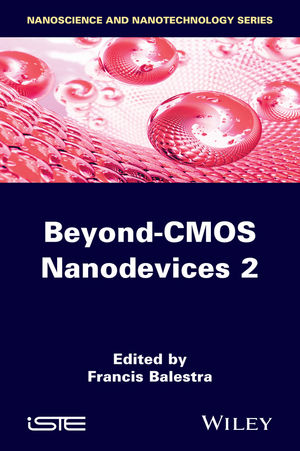Beyond CMOS Nanodevices 2 [2014-10-28] |
|
索书号 F/TN401/B184/2 Table of Contents |
首 页 >> 上架新书






